Jonathan Waldern Departs DigiLens
 Tuesday, August 4, 2020 at 4:00PM
Tuesday, August 4, 2020 at 4:00PM 
DigiLens founder Jonathan Waldern is departing.
I was fortunate to have met Jonathan a decade ago, and we became further acquainted when I interviewed him in 2016. With the announcement of his departure, I put together a Tweet storm chronicling his thirty-five years of contributions to the industry. I’ve reassembled them here with minimal details added, given the change in medium… and—my penchant for burying the lead—conclude with a teaser, regarding DigiLens future, post-Waldern.
Jonathan Waldern is an innovator, a maverick, and a true pioneer, without whom the Augmented and Virtual Reality industries would not be what they are today. Both as an engineer and inventor, he moved the technology forward, and as an entrepreneur he has productized the technology and brought it to market.
Waldern began his career in Virtual Reality in earnest, in 1985 when he founded W Industries, to commercialize the concepts he had been exploring in the early 80s at University in Loughborough. In 1989 W Industries prototype won the British Technology Group Award, for Best Emerging Technology.
Having sold majority control of W Industries to investors, a consolidation of shares were purchased by a holding company that went bankrupt for reasons unrelated to W. Undeterred, the same team reincorporated as Virtuality, and moved forward. By the 90s Jonathan became the reigning star of the VR 1.0 era—Virtuality was the highest valuation, venture-backed VR startup of its day. If you played a virtual reality arcade game in the 90s, is was almost certainly one of Jonathan’s machines (last year, Nostalgia Nerd even produced a full length documentary on the company).
Steve Job’s discontinued development of Quicktime VR in 1997 is often sighted as the collapse of VR 1.0 (Many big players including Waldern’s Virtuality, Paul Travers’ Forté Technologies, and Jaron Lanier’s VPL Research all went under just months apart).
In spite of Virtuality’s meteoric rise, and the entire early VR industry’s precipitous fall, Waldern continued on. Always bouncing back, he founding Retinal Displays, inventing a 3-element molded aspheric optical lens system that enabling a $299 price point. productized under the Philips brand as SCUBA in Europe and the US, and by Takara in Japan, over 160,000 units were sold. To put that number into context, it would be another 15+ years, only when the combined sales of Oculus Rift DK1 and DK2 totaled 175,000 units in June 2015, did a consumer VR headset beat those numbers.
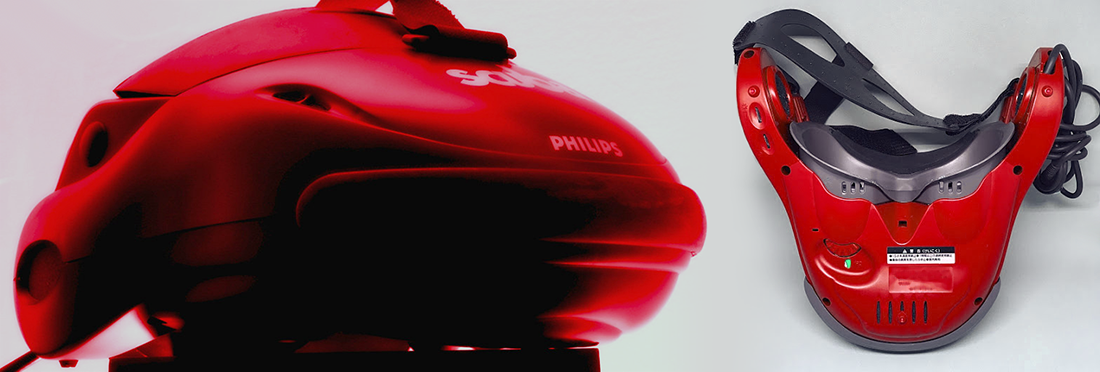
After Retinal Displays, Waldern moved on from VR…
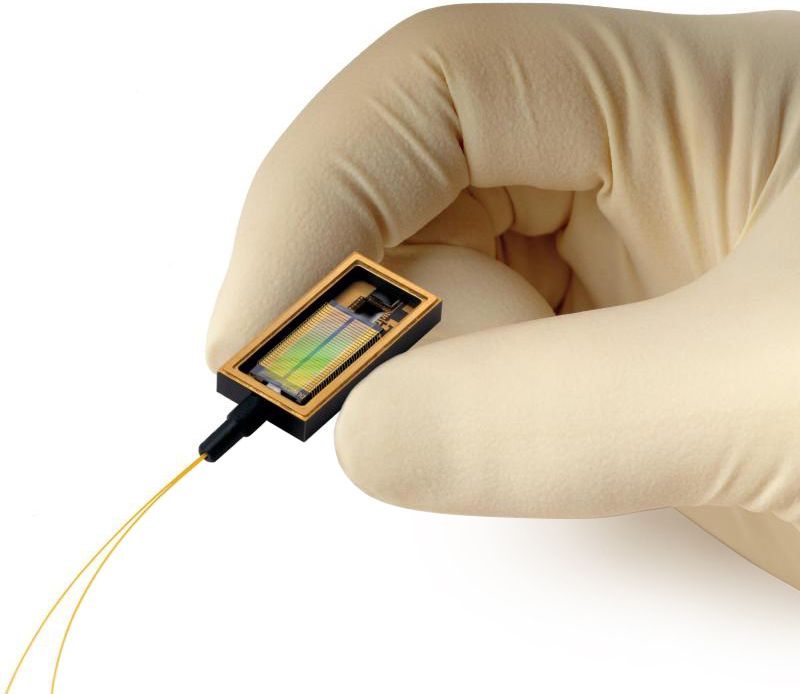 Waldern then left the world of consumer electronics products and gaming behind, founding DigiLens Telecom, developing components for telecommunications infrastructure—including electrically switchable gratings that would lay the technological groundwork for the optics that would come to differentiate DigiLens Inc.’s future waveguide displays. This paved the way for his return to display systems.
Waldern then left the world of consumer electronics products and gaming behind, founding DigiLens Telecom, developing components for telecommunications infrastructure—including electrically switchable gratings that would lay the technological groundwork for the optics that would come to differentiate DigiLens Inc.’s future waveguide displays. This paved the way for his return to display systems.
In 2004 Waldern founded SBG Labs (Switchable Bragg Grating) which itself would then be rebranded DigiLens Inc. DigiLens built on the switchable holographic grating DigiLens Telecom had perfected for telecommunications components, and applied them to near-eye optic displays.
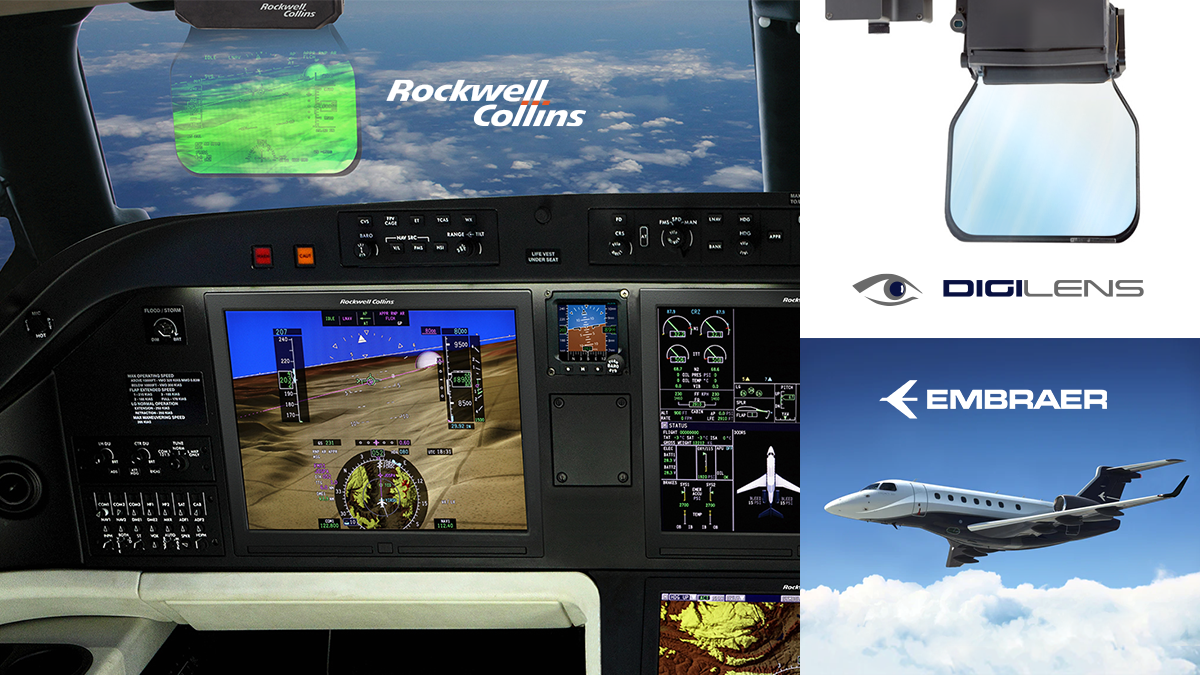
Building revenue early on, DigiLens created a dash-mount waveguide display, in collaboration with Rockwell Collins, for the avionics of Embraer Jets.

In near-eye optics, DigiLens productized HudwaySight, a detachable heads-up AR display available for use with many motorcycle helmets.
DigiLens continued their partnership with Rockwell, building stereoscopic systems for the US military, incorporating their WFOV AR waveguide into Rockwell’s IDVS system.
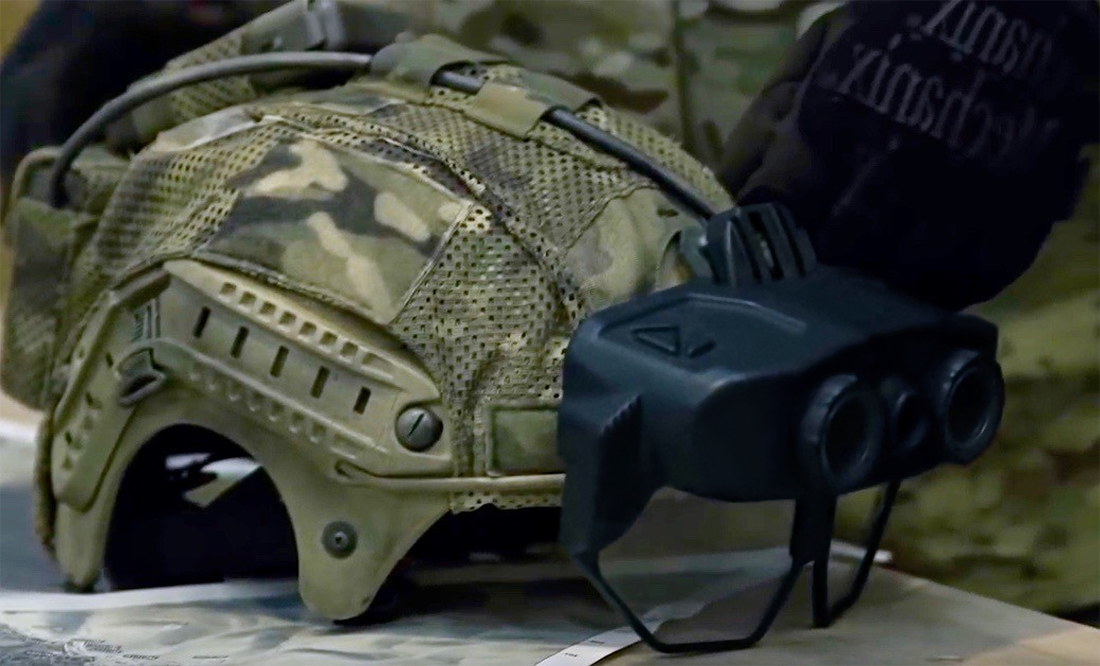
Technology that would make its way into DigiLens commercial optics, as seen in their line of Crystal reference systems. DigiLens maintains industry leadership in wide field of view waveguide optics. DigiLens continues to lead, with their Visualize Design v1 modular reference system.
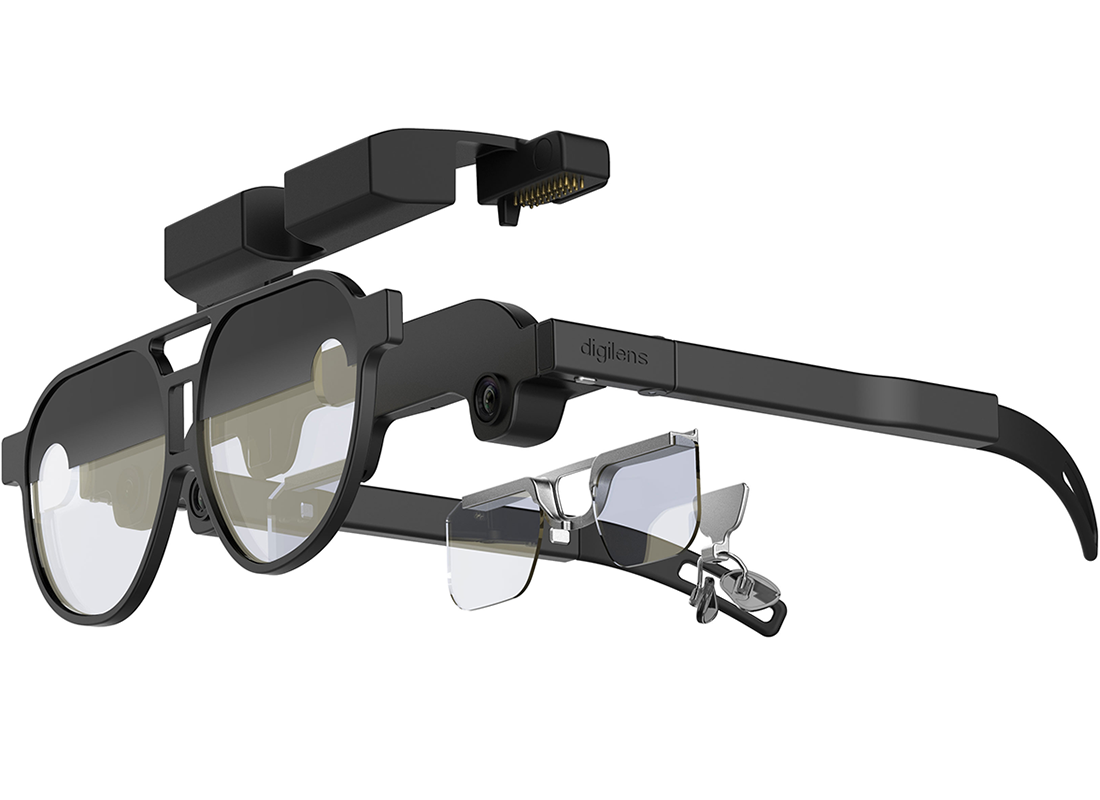
While Waldern launched W Industries within the year of Jaron Lanier’s VPL Research, Lanier proved a more successful cultural commentator than entrepreneur, and enjoys greater name recognition. While I respect Lanier as a prognosticator and intellectual, I would suggest that Waldern’s contribution to the industry has been vastly greater.

So about that new MicroVision module animation…
Given this is Display Week 2020, I would like to take the opportunity of Jonathan’s bio to bring attention to some speculation: While it is now proven that MicroVision is the light engine component supplier to Microsoft’s HoloLens; it was also revealed this week that they’ve miniaturized their LBS light engine into a temple embedded module; it is also known that DigiLens has been working with an otherwise undisclosed partner for the LBS light engine in their Crystal line of reference frames. It is further known that SBG Labs’ / DigiLens former Director of Optical Engineering and CTO, Bernard Kress—who later became Principal Optical Architect of Google Glass—is now Partner Optical Architecture on HoloLens at Microsoft (incestuous little industry, isn’t it?). That’s enough dots to connect, speculate on your own from here:
This was originally published as a Linkedin Pulse article.
